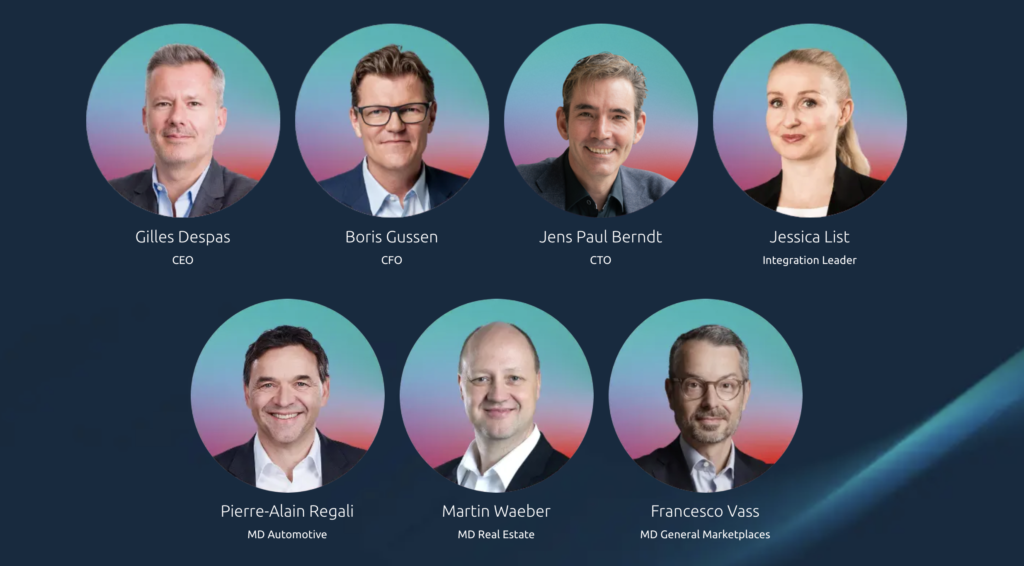Cabrios galten lange als Symbol für Freiheit, Sommer und Fahrspass. Doch zur Zeit sieht die Realität auf dem Automarkt anders aus: Offene Fahrzeuge verlieren sowohl bei Herstellern als auch bei Käufer:innen an Bedeutung. Eine Auswertung von AutoScout24 zeigt: Angebot und Nachfrage nach Cabrios sind in den letzten Jahren schweizweit zurückgegangen, doch die Preise sind gestiegen.
Während 2019 in der Schweiz rund 6’300 Cabrios zugelassen wurden, waren es im Jahr 2024 noch ungefähr 3’000 – ein Rückgang um mehr als die Hälfte. Ein ähnliches Bild zeigt sich auf der Online-Plattform AutoScout24: Im vergangenen Jahr war das Angebot an neuen Cabrios rund 46 Prozent tiefer als vor fünf Jahren, bei gebrauchten Modellen 10 Prozent. Die Gründe für den Angebotsrückgang sind vielfältig: Einerseits haben bekannte Hersteller wie Opel, Renault, Nissan oder Volkswagen ihre Cabrio-Modelle aus dem Sortiment genommen; andererseits hat sich das Kaufverhalten der Endkonsument:innen verändert. „Heute setzen viele Autofahrer:innen auf praktische Alltagsfahrzeuge oder SUV-Modelle, die mehr Platz und Flexibilität bieten”, sagt Alberto Sanz de Lama, Managing Director von AutoScout24 der SMG Swiss Marketplace Group. Zu den fünf meist inserierten Modellen gehörten in den letzten zwölf Monaten bei neuen Fahrzeugen unter anderem der Fiat 500, das Mini Cabrio, der Mazda MX-5, der Porsche 911 und der BMW M440. Bei Occasionen lagen der Porsche 911, das Mini Cabrio, der Fiat 599, der BMW Z4 sowie der Porsche Boxster hoch im Kurs.
Die Elektrifizierung verdrängt das Cabrio
Die Entwicklung und Produktion von Cabrios ist technisch aufwändig und teuer – insbesondere in Zeiten der Elektrifizierung. Elektroautos stellen Fahrzeugentwickler:innen vor Herausforderungen: Die schwere Batterie im Fahrzeugboden verlangt nach einer besonders stabilen Karosserie. Bei einem Cabrio ohne festes Dach erfordert das zusätzliche Verstärkungen, was sich negativ auf Gewicht, Reichweite und Kosten auswirkt. Kein Wunder also, dass es bis anhin wenige elektrisch betriebene Cabrios auf dem Markt gibt. Ganz abgeschrieben ist das offene Fahrvergnügen aber doch nicht: So wurde Anfang Jahr in der Schweiz das vollelektrische Mini Cooper Cabrio auf den Markt gebracht – und 2026 soll das Polestar 6 Cabrio erscheinen.
Luxusgut statt Lifestyle-Objekt
Auf AutoScout24 zeigt sich, dass Cabrios seltener und teurer werden – der Fahrzeugtyp entwickelt sich immer mehr zum Luxusobjekt. Dementsprechend wird auf der Plattform deutlich mehr nach gebrauchten Modellen gesucht. Während die Nachfrage nach gebrauchten Cabrios in den ersten vier Monaten 2025 gegenüber dem Vorjahr deutlich zunahm (+33 %), nahm sie bei neuen Cabrios markant ab (-81%). Die Durchschnittspreise für Occasionen lagen im Jahr 2019 noch bei 29’800 Franken im Jahr 2024 stiegen sie auf über 37’000 Franken an.
Wer diesen Sommer mit offenem Verdeck unterwegs sein will, sollte nicht zu lange warten: „Das Angebot an Cabrios ist begrenzt und die Nachfrage zieht im Frühling und Sommer meist an”, sagt Alberto Sanz de Lama. Auf AutoScout24 finden Kaufinteressent:innen eine breite Auswahl an offenen Fahrzeugen für jeden Geschmack und jedes Budget.
Datengrundlage
Untersucht wurden die Angebotsdaten sowie die Suchnachfrage auf autoscout24.ch von Personenwagen zwischen 2019 und 2025 (01.01.2019 – 30.04.2025). Gefiltert wurde nach Fahrzeugtyp, Zustand (Neu / Occasion) und Preis. Für die Auswertung der Nachfrage wurden ausschliesslich Suchanfragen berücksichtigt, bei denen gezielt nach reinen Cabrios gesucht wurde – also Fahrzeuge, bei denen der Filter „Cabrio” explizit aktiviert war.

Saskia Iten
PR & Communications Manager
[email protected]

